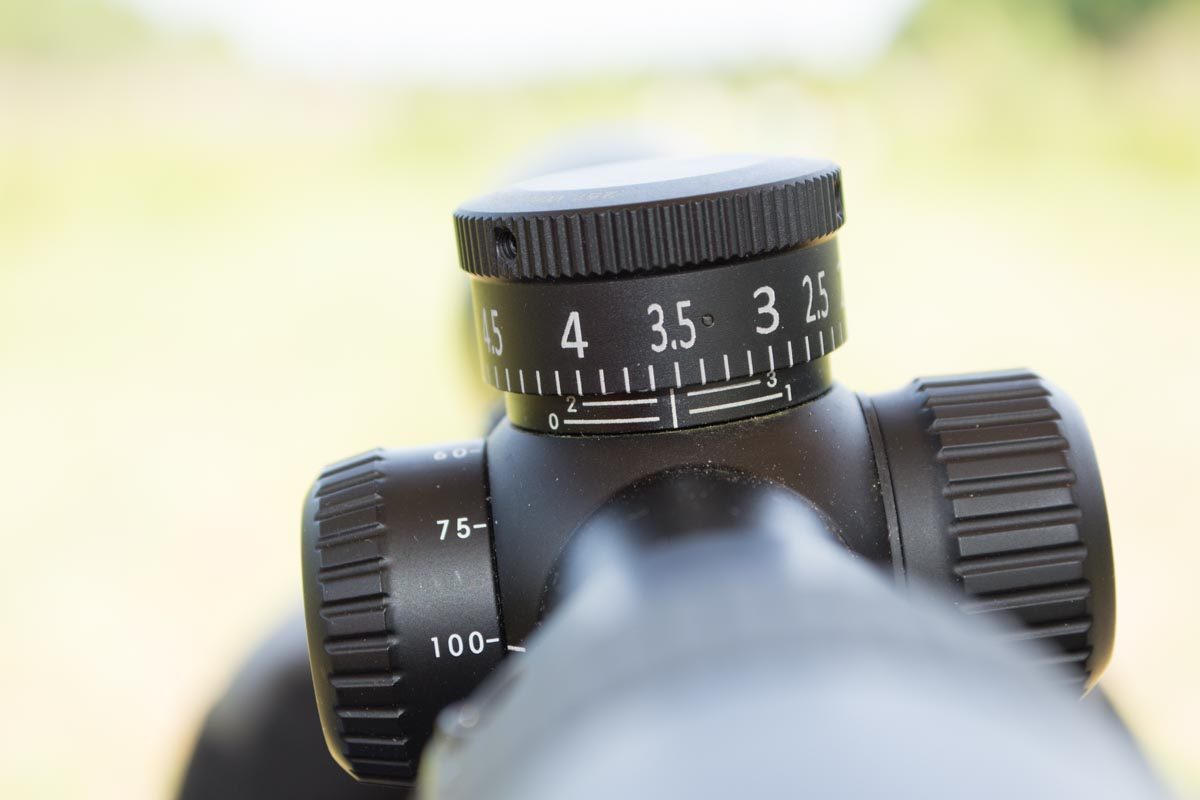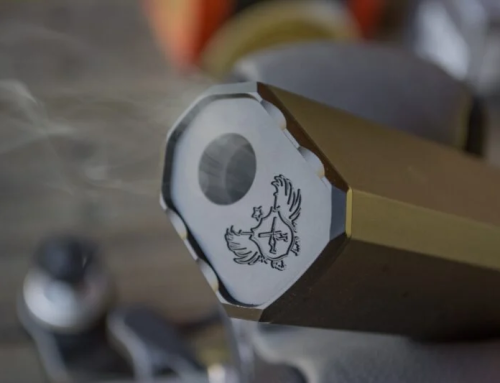
This custom Nikon ProStaff XR Turret is set for 350 yards using my personal .257 Weatherby Magnum hand load. I haven’t yet adjusted the parallax for the correct yardage.
Making long-range shots is part math, part skill, and part VooDoo.
The math part is very predictable, and only somewhat complicated, thanks to the advent of ballistic software you can get online, in devices like Kestrel Weather Meters, and on smartphones. The software does the hard work and negates the need for you to whip out that old slide rule.
When you fire a bullet down range, gravity takes over the very picosecond the projectile leaves the barrel and begins pulling the bullet toward the ground. The time element is most important because gravity doesn’t care how fast the bullet is moving forward; it only cares about how long the bullet is exposed to gravitational force. A big fat bullet moving slowly downrange only gives the illusion that it’s falling faster than a light, fast bullet. It makes no difference how fast the bullet is moving forward, it will still fall the same distance vertically over the same period of time. The only reason faster bullets fly “flatter” is because they cover more distance in any given unit of time. Hyper-velocity projectiles are subject to the exact same laws of gravity as the rest of us.
Since gravity is entirely predictable, figuring out how far a given bullet will drop is a matter of understanding its drag model. How fast does it slow down and how does the rate of “slowing down” change as it flies down range? That’s the job of rocket-surgeon-ballisticians, so we don’t have to calculate that. We just need to provide the inputs to their fancy mathematical models.

I entered details about my rifle, scope mount, and specific ammunition performance on Nikon’s web site to configure my custom turret cap.
For any given bullet, the drag models that take into account a number of factors. For example, the model needs to know the weight, length, shape, and diameter of the bullet. Other inputs include velocity and current atmospheric conditions. The drag model takes all these things (and more) into account to predict the velocity of the bullet as it travels down range. Knowing its velocity curve, the model can figure out the near-exact effects of gravity.







Got something to say?